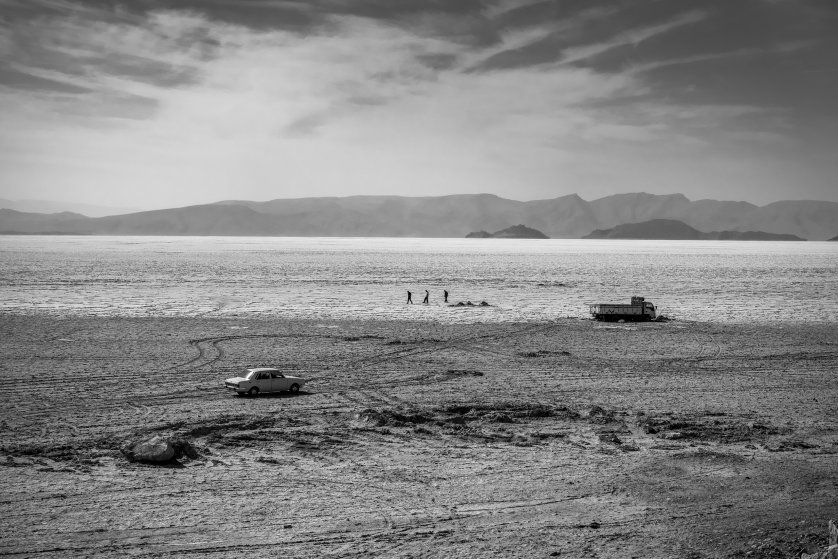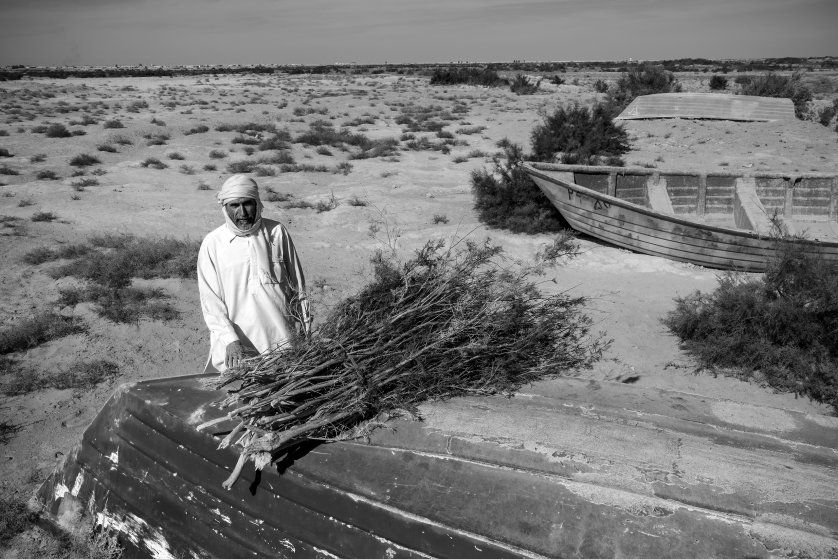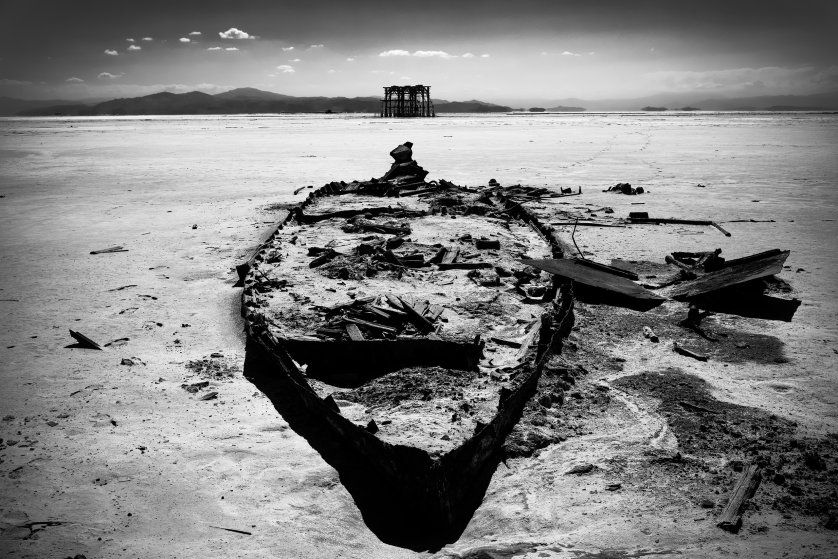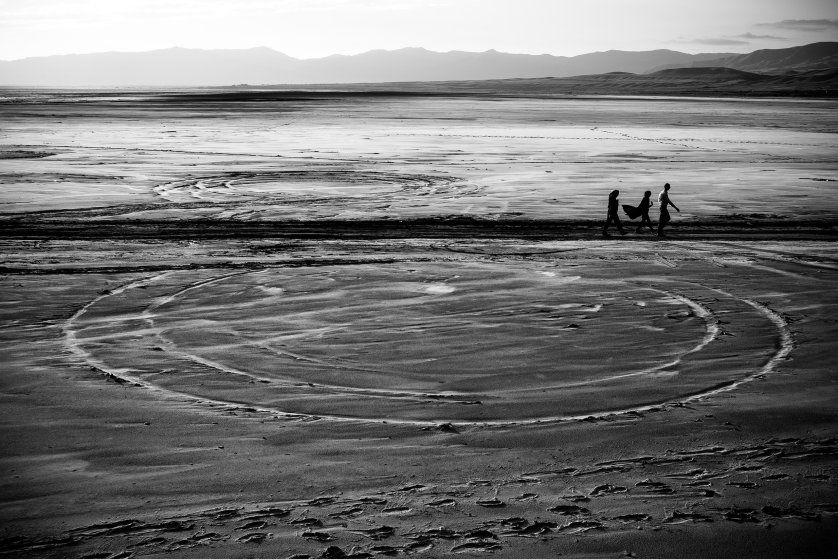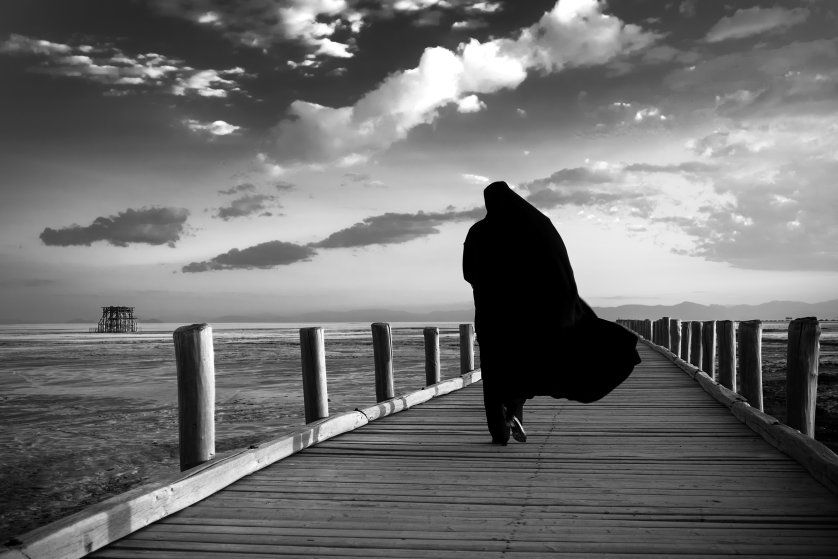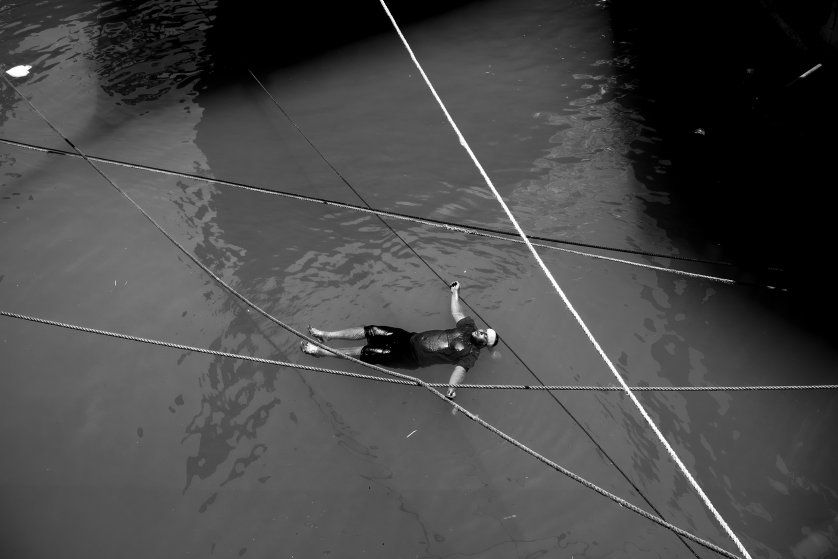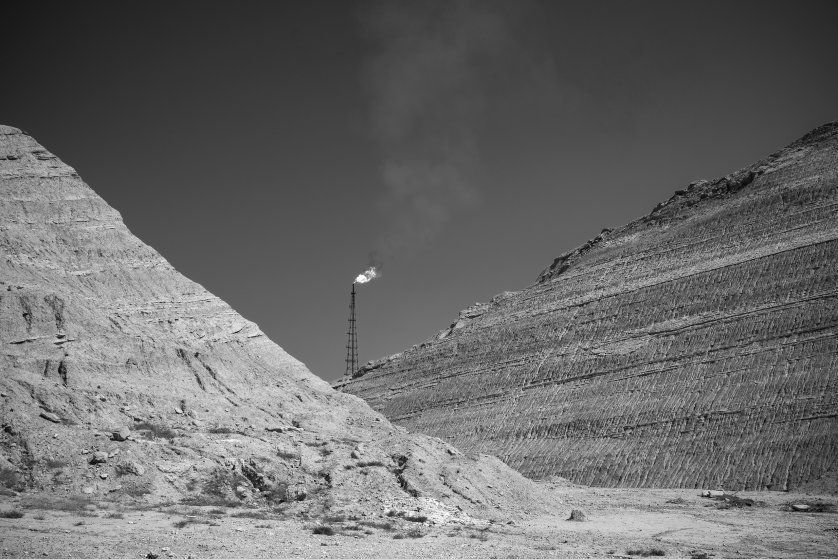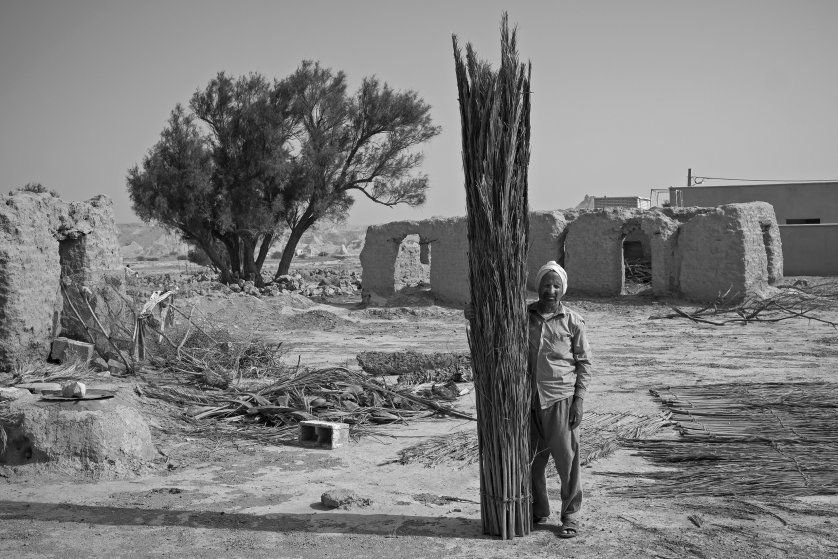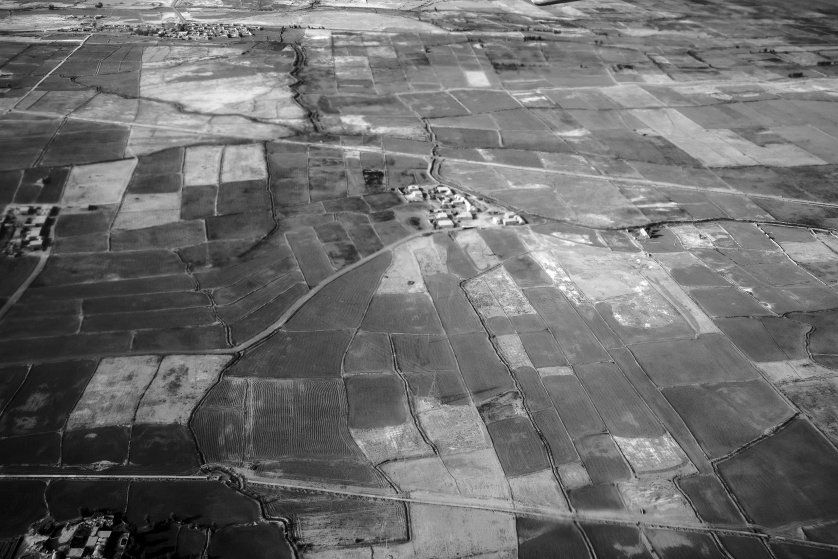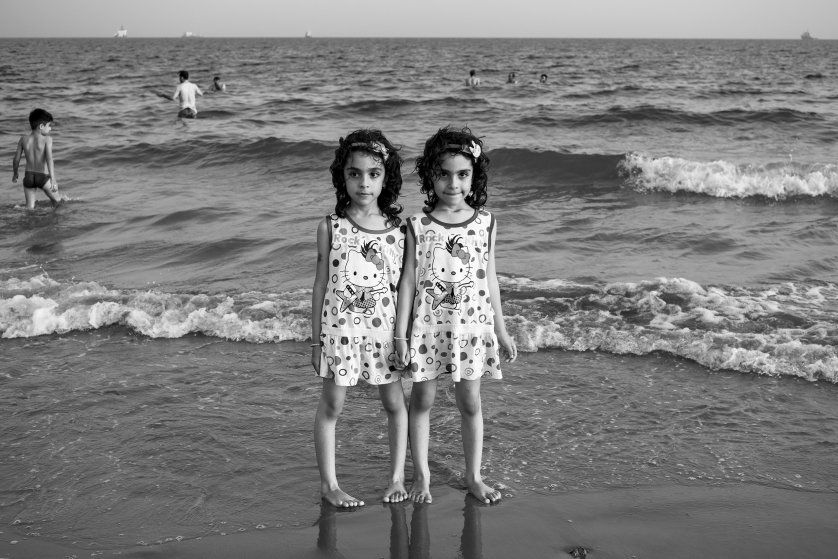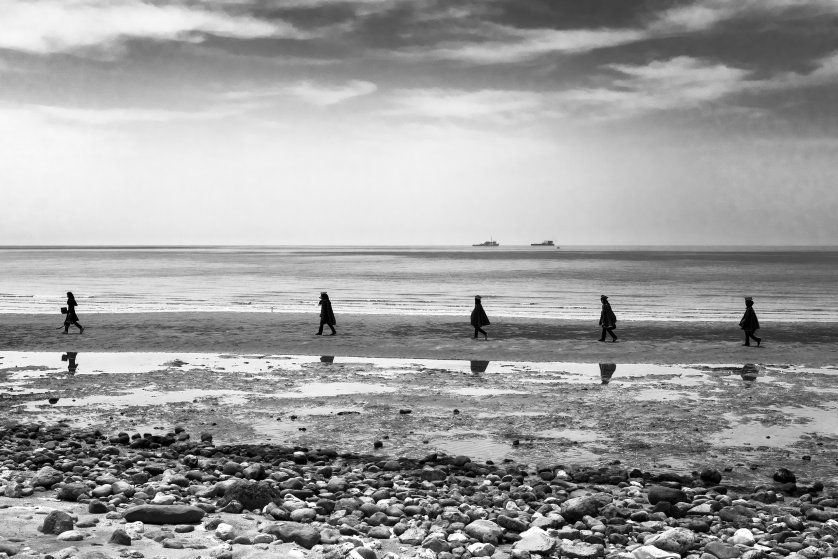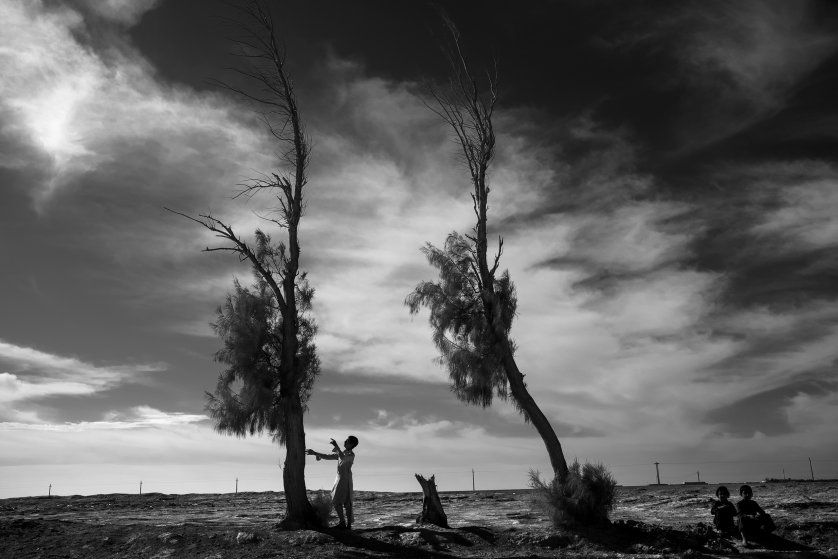April 05, 2017 | TIME
By
Ako Salemi
So much of the debate over climate change takes place in the realm of language—the dry language of scientists, the passionate language of environmentalists, the obfuscating language of skeptical politicians. But to feel climate change you have to see it, and there’s no better place to do that then Lake Urmia in southwest Iran.
For the entire text please click here.
